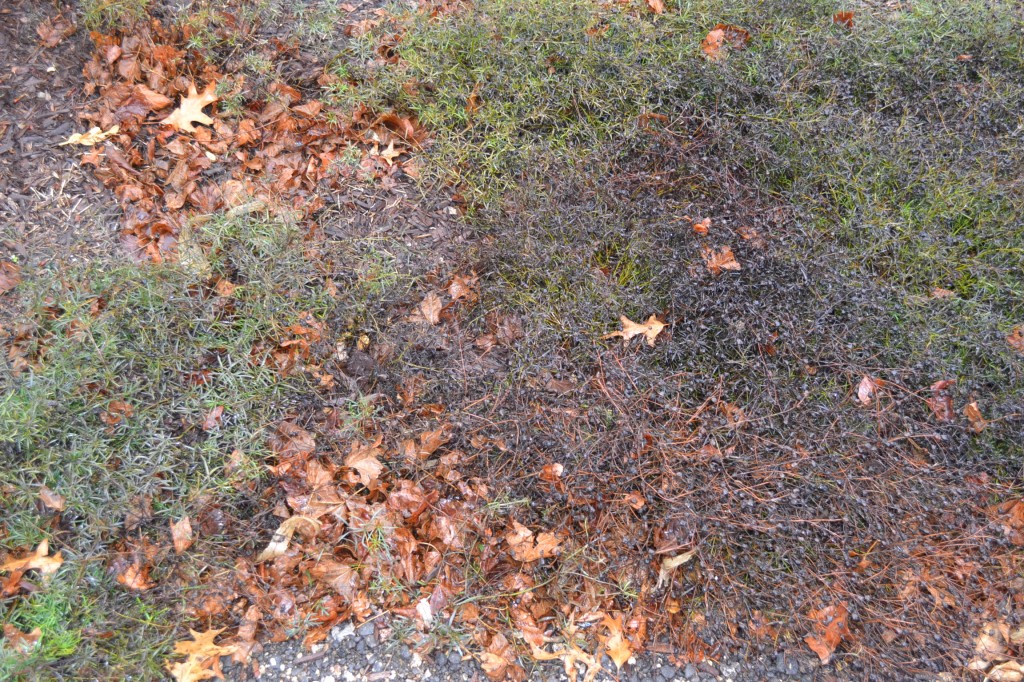Fall landscape bed clean up should be done prior to winter. Even if you remove leaves before snow flies, you may still encounter problems. Frost or frozen rain may keep leaves matted down in your landscape. It is much easier to perform a fall landscape bed clean up when leaves are loose and free moving. Frozen leaves may stick to rocks or mulch. If you are using a leaf vac system, the last thing that you want to chop up is a big rock.
Fall landscape bed clean up should include the following:
- Pruning dead, damaged and low-lying branches on trees and shrubs.
- Cutting down wilted perennial plants.
- Removing leaves and trash from landscape beds.
- Pulling weeds or cutting down sucker trees.
- Picking up rocks that work their way out of your landscape beds.
- Topdressing mulch if needed.
- Repair any damaged edging.
- Replace any dead trees or shrubs.
Fall landscape bed clean up should not only address leaves, but it should contribute to the over-all look of your landscape. Fall is a great time to prune most plants as well as replacing any dead or damaged plant material. Topdressing mulch or rock in the fall may be easier when foliage is not present on your plants. If your beds are in areas that will not get piled with snow, consider topdressing in the fall. When you top-dress beds in the fall, it is easier to see areas that need attention.
Perennial plants can be cut down with hand shears or hedge trimmers, depending on the plant. Some plants like hosta should be cut down to the ground. Other plants such as ornamental grass should be cut at least 4″ tall if you choose to cut them down in the fall. Some perennial plants should be left to wilt longer than others, depending on the plant. Perennial plants that start to wilt after the first frost should be cut down sooner than other plants.

